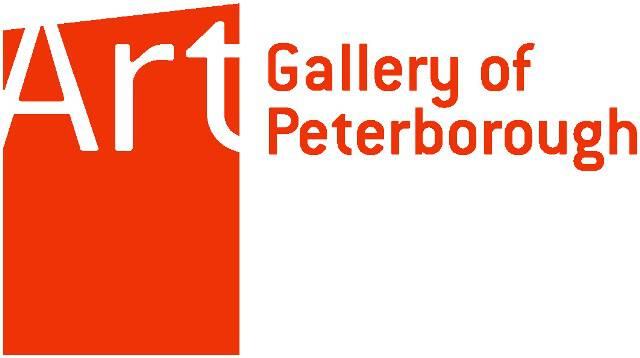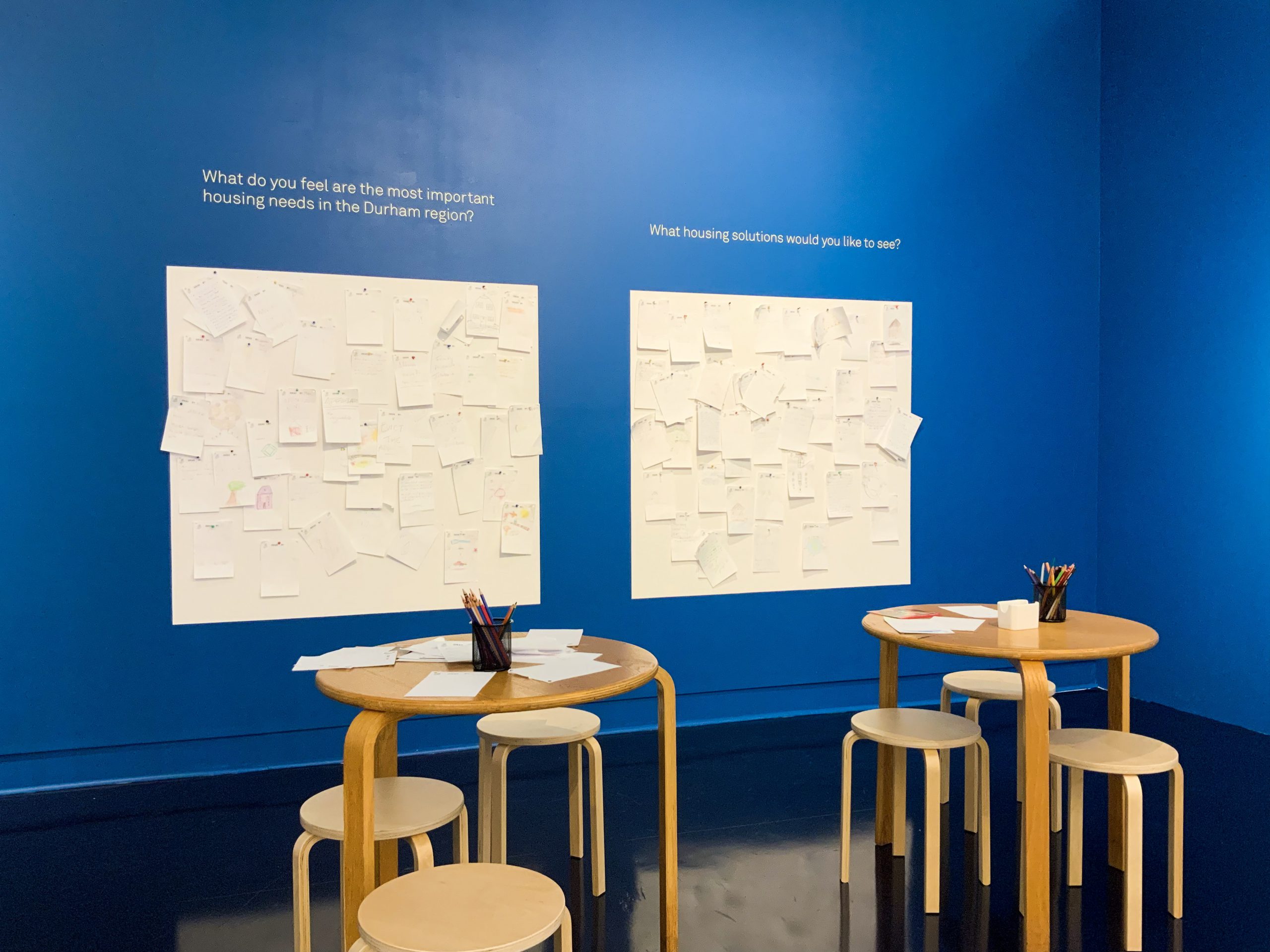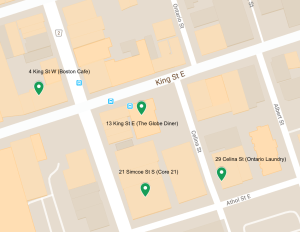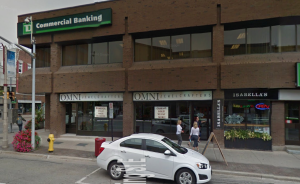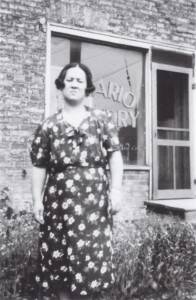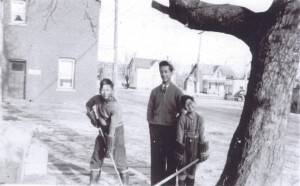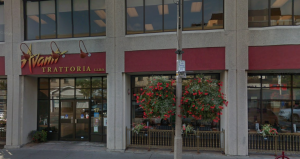Artist talk: October 21, 2pm
Randomly Connected, a group of eight female artists, was formed about 8 years ago. All of the group are members of the Oshawa Art Association and most of them met each other through the association. The idea to form the group came from a desire to stimulate their personal creativity and build connections of support and friendship with other artists. The group meets monthly for encouragement and inspiration. They usually choose a word randomly from the dictionary as a theme for the works of art which they will bring to the next meeting. Using topics such as “joss,” “sort” and “intercrop” challenges them to stretch beyond usual themes. The name of their group, “Randomly Connected,” sprang from their method of choosing themes.
The group uses a range of materials, methods and motivations in order to create. They employ acrylics, oils, ink, watercolours, drawing materials, printmaking, pastels and some three-dimensional and experimental media such as textiles and glass. Several of them try to capture the beauties of nature in landscapes, florals and still lifes, inspiring the viewer to value and conserve the earth. Another member enjoys creating humorous “nonsense” from everyday events, bringing a smile to the observer. Some use human subject matter to capture interactions, relationships and passages of life. Others sometimes work in abstracts.
The members of “Randomly Connected” are pleased to mount their first group show. For their theme they have chosen “Reflections,” and have created art based on ideas such as of the play of light on water and other surfaces, and the concept of introspection and memories of the past.
Sandra Collins
Art, crafts and biology were Sandra’s main interests throughout a grammar school education in Britain. While employed she participated in evening classes given by local artists. Since immigrating to Canada she continues to learn from the many talented artists in this community. Her theme for the show is “Reflection of Light and Life.” Daily reflections of everything she sees are stored in her memory, and may be captured in art and photography. When she reflects upon stored images they may fade as time passes while others remain clear and bright. These images inspire her to work in acrylic and mixed media.
Ruth Greenlaw
Ruth was born and grew up in Ontario and has returned after spending several years in other parts of Canada, most recently, Nova Scotia. She earned an Honours BA in Visual Arts from Western University. Since then, she has taken art courses and taught art to adults. A member of the Oshawa Art Association, Visual Arts Clarington, Whitby Station Gallery and Robert McLaughlin Gallery, she has won awards in juried shows. Favourite subject matter includes botanical studies of plants and trees, still lifes, landscapes and studies of people. Her love of color is expressed in watercolors and pastels while her enjoyment of line and graphic qualities can be found in her etchings and drawings. As she continues to explore various combinations of media and subject matter, she finds that creating art is full of new possibilities.
Anne Labelle Johnson
Anne was born in Toronto, but grew up on a farm in Green River and moved to Oshawa in 1968. A long time member of the Oshawa Art Association, she has studied watercolour with artists in Durham region, at Haliburton School of Fine Arts and in Palm Beach County, Florida.
Anne is a member of the Oshawa Art Association, the Robert McLaughlin Gallery, Whitby Station Gallery, and PineRidge Arts Council. In 1994 Anne and her husband Tony Johnson, also an artist, opened Blue Willow Studio in Oshawa, a combination gallery and studio which they call home.
In her watercolour paintings, Anne emulates the delicacy and gracefulness of the flowers she paints and her brush strokes give vitality to lush gardens and fresh plants and the strength of landscapes. Her paintings of flowers are colourful and alive, and represent all the joy, hope and promise in life.
Janet Blyth Powers
“There is a beauty often found in brokenness that takes your breath away.” In her work, Janet explores brokenness, trying to capture the human struggle. Woven into her work are the experiences of friends, sadness, joy, and shared journeys: an attempt to honour those she loves. Born in Montreal, Janet grew up in a culturally rich urban environment. It seemed everything she experienced needed to be expressed visually. It still does. She is not held to any one medium or style, but continually is in search of something that will convey emotion and the heart of a thing. Currently a member of the Oshawa Art Association, she studied at the Montreal Museum of Fine Art and Design, taught various courses throughout her career, and shared her work at grief seminars in recognition of the healing power of artistic expression. And so the journey continues.
Sharon Recalla
Sharon Recalla was born in Orillia, grew up in Fort Erie and finally made Oshawa her home in 1968. She is currently a member of the Oshawa Art Association, the Visual Arts Centre of Clarington and Station Gallery of Whitby. Primarily a self taught artist, she took the opportunity to refine her skills through juried art shows and recreational courses at Robert McLaughlin Gallery and Durham College. Her peers have described her offerings as naive with a contemporary flair that will leave you with a smile. Her quirky sense of humour is always reflected in each painting.
Marissa Sweet
Marissa is a landscape and cityscape painter who, in merging her creative background with her practise of feng shui metaphysics, creates work about conservation. She has won various awards in regional and local juried art shows. Through her work, Marissa aims to express the importance of our interconnectivity with our environment and that nature should be treated with kindness and respect. Marissa teaches in various private and public galleries, community centres and at her home studio. With a BA Economics degree from St. Louis University, Philippines, Marissa has studied with various art instructors at Ayala Museum Philippines and at the Toronto School of Art. Currently, Marissa is the Director/Newsletter Editor and Elected Member of the Society of Canadian Artists. She is also the Public Relations & Social Media administrator for the Oshawa Art Association.
Barbara Kueres
Barbara grew up in England where, as a child, she was always interested in art, and often, during grammar school years, could be found sketching when she should have been studying. Barbara soon realized that art was a subject that she wanted to focus on for life. She attended art school from 17 to 18 years of age and, though she eventually chose a career in nursing, art was never far from her thoughts.
Soon after immigrating to Canada in 1981, Barbara became involved in visual arts programs and workshops, where she was able to connect with other artists, and she spent time painting at home while her son was in elementary school. Following a move to Oshawa, Barbara joined the Oshawa Art Association, became Programs Chair for several years, and gradually grew more serious about her own aspirations in art. Barbara began to enter juried shows in the Durham region and OAA’s Spring and Fall Festivals, working in various media: watercolour, acrylic, pastel and charcoal.
Barbara states that being creative definitely feels like an essential connection with the visual and emotional world around her, and evokes in her the desire to recreate whatever has moved her profoundly. It also helps her to appreciate and comprehend things more clearly.
Sylvia Valentine
Watercolour is Sylvia’s preferred medium. Although she enjoys painting landscapes and old buildings, the miracle of flowers is her favourite subject. She has participated in shows in Cobourg, Port Hope, Oshawa, Whitby, Uxbridge, Markham, Stouffville, Port Perry and other areas, some of which were solo shows. She has conducted many workshops and weekly classes, helping novice painters learn to handle the amazing properties of watercolour pigments on wet and dry papers. Her paintings have travelled to collections across Canada, U.S.A., and Europe. Sylvia resides in Courtice.
“Sadly, although Sylvia was looking forward to participating in our show, she passed away at the end of March. Her family has generously loaned us some of her paintings to hang with ours. We miss her humour, enthusiasm and friendship very much.”
– Randomly Connected Artist Group


